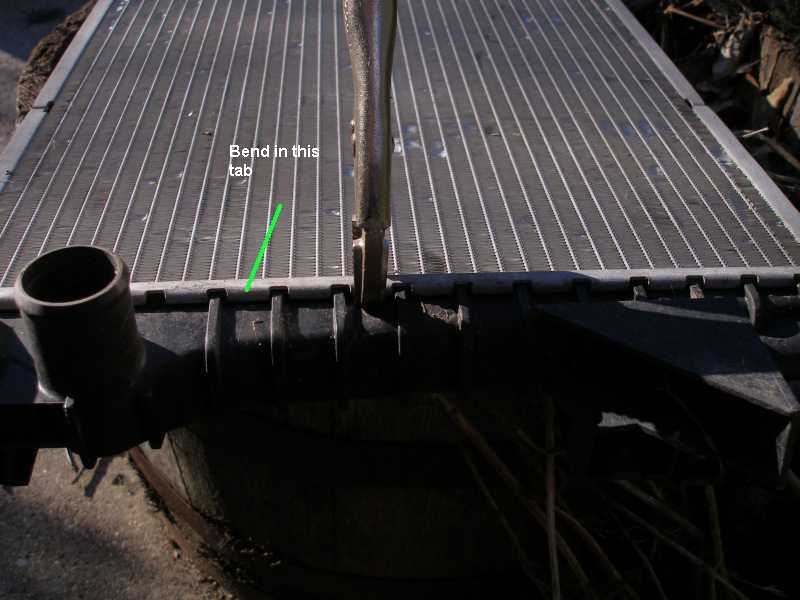I was looking up Gates Green Stripe today, having heard about it decades back but never reading much about it other than racers at the time used it (I still have some 30 year old Green Stripe on the shelf).
From Gates:
Gates Green Stripe hose is built to resist the effects of electrochemical degradation (ECD), the primary cause of most hose failures in the field.
According to Gates engineers, ECD is a condition where metal (such as a radiator stem), hose and liquid coolant (water and ethylene or propylene glycol antifreeze) form an electrical cell, similar to a battery.
The result is a reaction that causes micro-cracks within the hose tube that allow the coolant to attack the hose reinforcement. This eventually weakens the yarn material.
Accelerated by high under-the-hood heat and constant flexing, ECD produces a pinhole leak or will cause the hose to burst before it has reached its expected service life.
The polymers in Gates Green Stripe hose also provide a better bond to stems and connectors. This greatly reduces cold coolant leaks, and EPA concerns for coolant seepage at maintenance facilities and parking areas.
http://www.gates.com/brochure.cfm?brochure=1113&location_id=1175
Of course, there's always the other end of the hose, but my subject says radiators, not engine blocks. The interesting part is the failure due to ECD.
From Gates:
Gates Green Stripe hose is built to resist the effects of electrochemical degradation (ECD), the primary cause of most hose failures in the field.
According to Gates engineers, ECD is a condition where metal (such as a radiator stem), hose and liquid coolant (water and ethylene or propylene glycol antifreeze) form an electrical cell, similar to a battery.
The result is a reaction that causes micro-cracks within the hose tube that allow the coolant to attack the hose reinforcement. This eventually weakens the yarn material.
Accelerated by high under-the-hood heat and constant flexing, ECD produces a pinhole leak or will cause the hose to burst before it has reached its expected service life.
The polymers in Gates Green Stripe hose also provide a better bond to stems and connectors. This greatly reduces cold coolant leaks, and EPA concerns for coolant seepage at maintenance facilities and parking areas.
http://www.gates.com/brochure.cfm?brochure=1113&location_id=1175
Of course, there's always the other end of the hose, but my subject says radiators, not engine blocks. The interesting part is the failure due to ECD.


